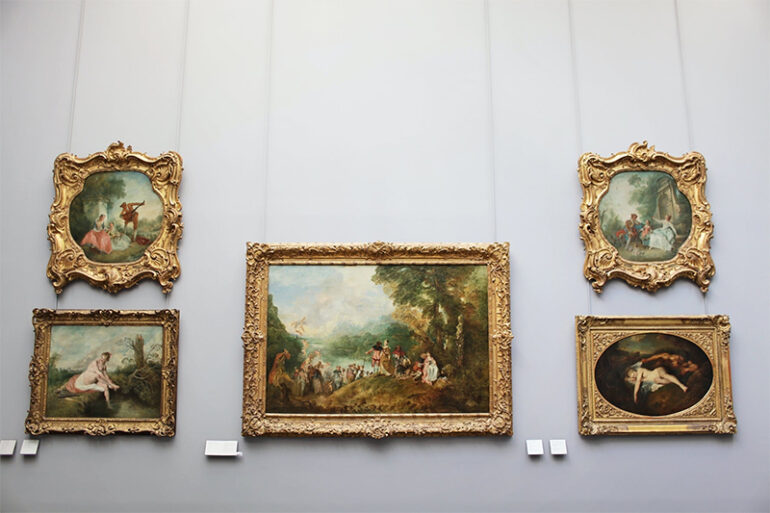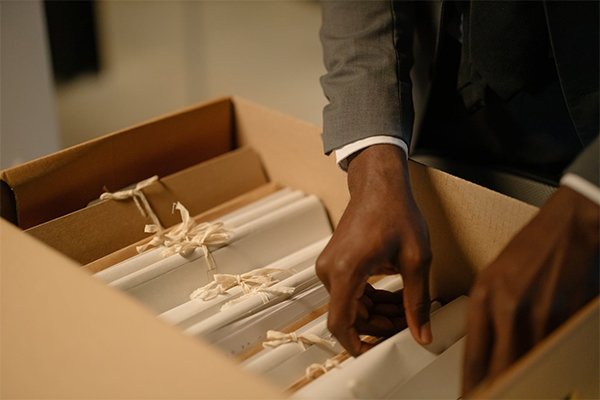Many people view art as a wise investment, but the truth is more complex than that. The art market can be volatile. It also depends on other factors out of your control like the artist’s reputation, the economy, public demand, etc.
However, despite these drawbacks, investing in art offers advantages you can’t ignore. First, it can diversify your portfolio. The art market is unique because it follows its own rules and is independent of stock market trends. This is useful because if the stock market crashes, you can take comfort in the fact that you have assets safe in the art market. Second, even if the art market is volatile, specific works are guaranteed to appreciate no matter what. Pieces by old masters like Monet or Van Gogh will always be in demand, even in economic slumps, so if you put your money in the right places, you’re guaranteed to make it back.
One of the best ways to ensure you’re putting your money in the right place is to guarantee that the art you’re purchasing is legitimate. This is where provenance comes in.
Provenance explained
Many articles focus on what art to collect or who to contact, but not many go into the finer details of guaranteeing the legitimacy of the piece you want to purchase.
Provenance comes from the French word provenir, which translates to “to come from”. As its name suggests, it’s a series of documents that outline the history of ownership for an artwork. From the moment it was created to the present day, provenance provides context and story into the piece’s life. Who made it? Who or what did they make it for? Which museum exhibited it? What auction house sold it? Besides serving as a way to legitimize the piece, provenance can also help value the piece. For example, if an artwork belonged to royalty, celebrities, or a former president, it often increases the selling price.
Types of provenance documentation
Provenance can come in various forms. They can be receipts or invoices from when the piece was sold, photographs, museum catalogs, appraisal documents, letters signed by notable owners, etc. For famous artists, a catalogue raisonné can also serve as a provenance. Catalogues raisonnés are complete and organized listings of all the known works of an artist. People are aware that works by specific artists fetch millions of dollars, so they make paintings in this artist’s style and as it off as an original. Using a combination of different provenance documentation can help you identify forgeries and fakes. Remember that provenance documents can also be faked, so it’s best to have an expert check these documents to ensure they’re real.
Purchasing art can be a dangerous gamble if you don’t educate yourself and consult with experts. Don’t rush into buying art, especially from illegitimate sources. Instead, go to renowned auction houses that can provide you with detailed provenance on the pieces they’re selling. It may be more expensive, but at least you’ll get peace of mind that you’re not buying a fake.
Photo Attribution:
1st and featured image from https://www.pexels.com/photo/five-brown-ornate-frames-on-wall-952590/
2nd image from https://www.pexels.com/photo/man-people-woman-hand-8371707/

